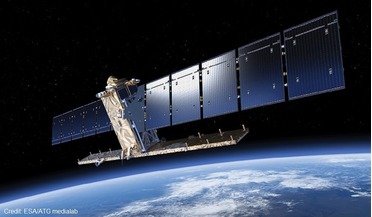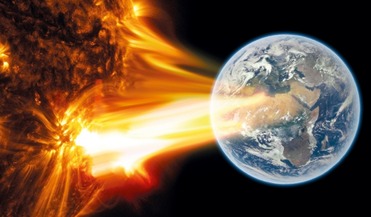 May 2019
The inadequacies and dangers of modern rocket technology
May 2019
The inadequacies and dangers of modern rocket technology
... be sufficient to launch 100-200 carrier rockets of this type for the complete destruction of the ozone layer. In addition to extinguishing ozone, rocket launches also change the physical chemistry of the upper atmosphere, causing turbulence in the...
 February 2020
Climate change and spaceports – a difficult balance
February 2020
Climate change and spaceports – a difficult balance
... signed the Vienna Convention for the Protection of the Ozone Layer. Product alternatives were found and the problem was... also release trace gases into the upper atmosphere that contribute to ozone depletion, as well as particles of soot. One of the ...
 18 December 2020
Experiment to dim sunlight with chalk dust under review
18 December 2020
Experiment to dim sunlight with chalk dust under review
..., naturally. Scientists studying solar engineering say that using sulphates as light-blocking particles runs the risk of ozone loss and heating of the lower tropical stratosphere. This in turn, would increase water vapour concentration causing...
 October 2015
Copernicus, ESA’s most ambitious Earth Observation programme
October 2015
Copernicus, ESA’s most ambitious Earth Observation programme
... planned lifetime. ERS-2, which overlapped with ERS-1, was launched in 1995 with an additional sensor for atmospheric ozone research. Both satellites collected a wealth of valuable data on Earth’s land surfaces, oceans, and polar regions that...
 January 2019
Saving humanity – is space up to the job?
January 2019
Saving humanity – is space up to the job?
... related to changes to the geomagnetosphere, threats from space weather (i.e. CMEs, solar radiation flares, and depletion of the ozone layer), all aspects of planetary defence against potentially hazardous asteroids and comets, and the economic and...
 December 2014
Terraforming Mars: from CFCs to Total Recall
December 2014
Terraforming Mars: from CFCs to Total Recall
...that have been implicated in the destruction of stratospheric ozone on Earth, but which are also good greenhouse ...-rich atmosphere that would inhibit the development of an ozone layer, thereby effectively precluding human habitability. This is not...